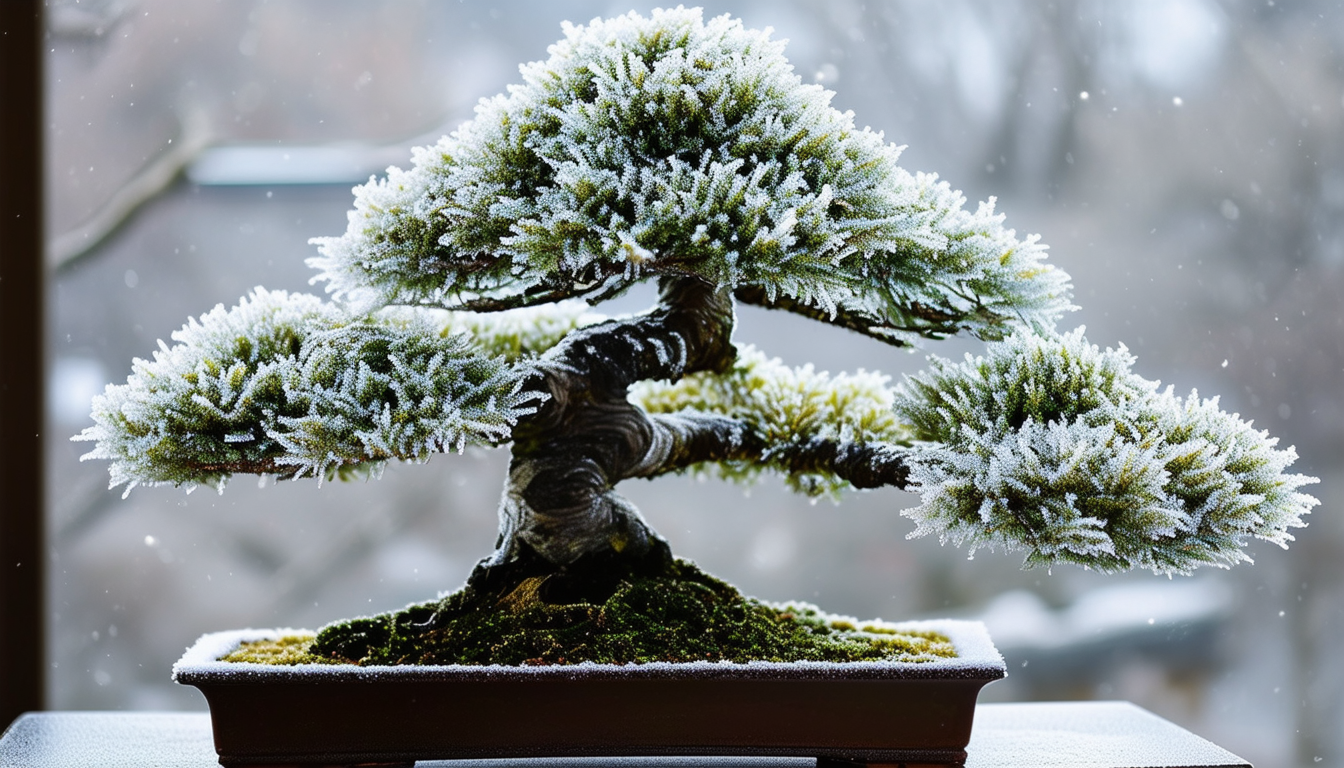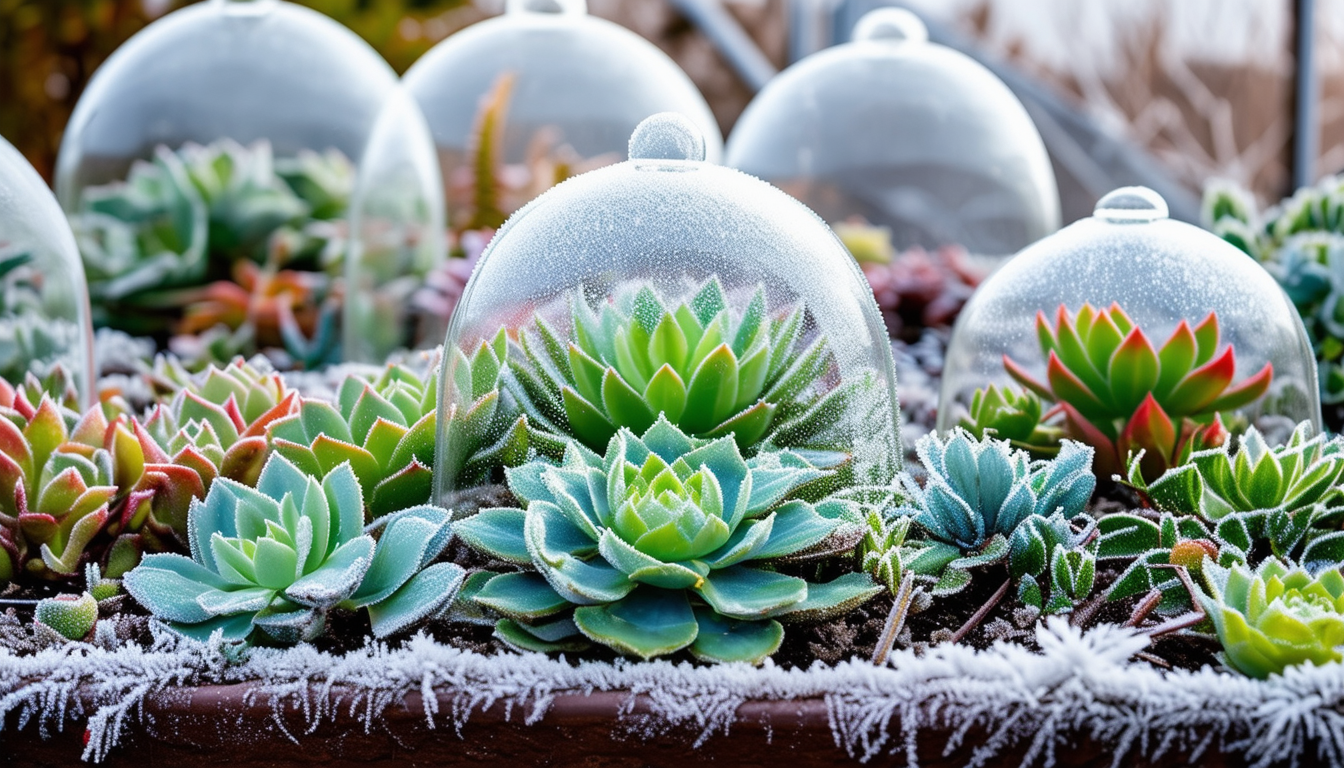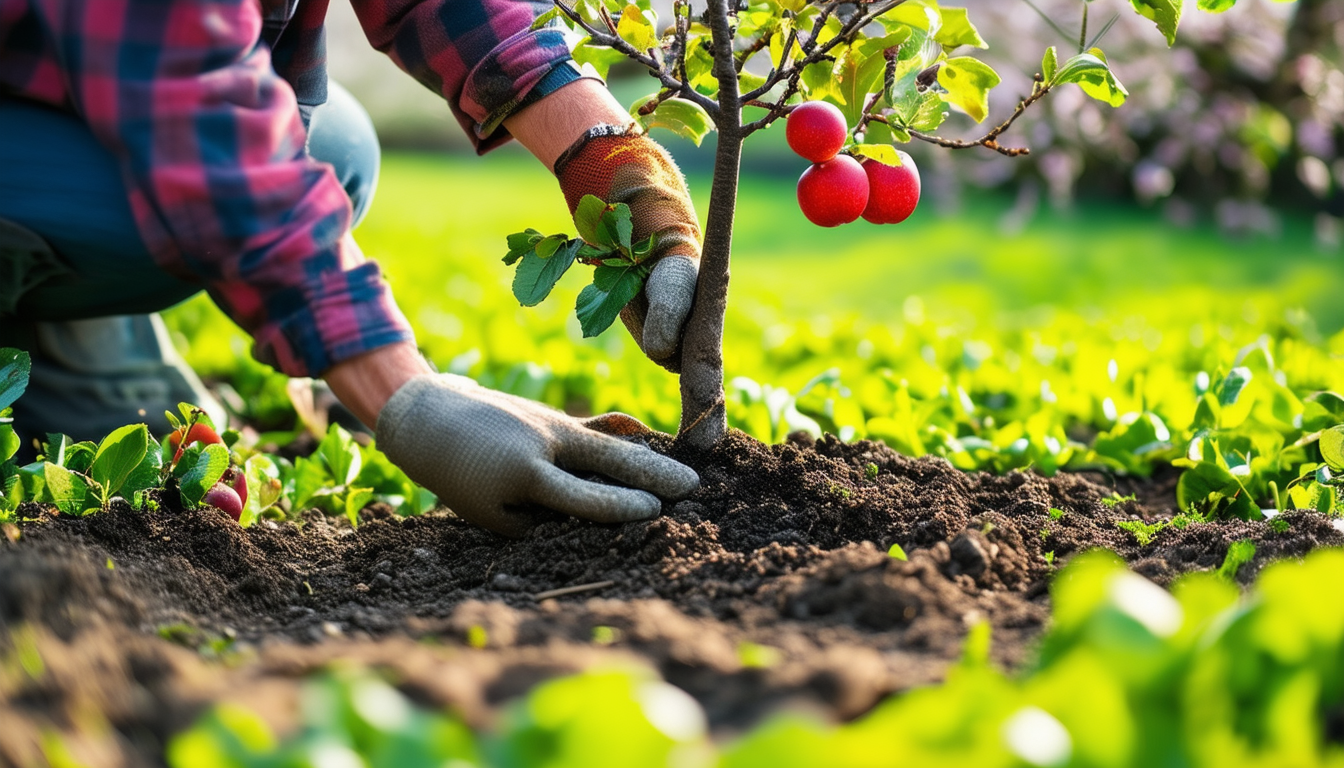
Learn the essential steps to shield your delicate outdoor bonsai from harsh winter conditions and ensure their survival and growth.
Understanding the Impact of Freezing Temperatures on Bonsai Trees
Freezing temperatures can pose significant risks to outdoor bonsai trees. When the temperature drops, the roots of the bonsai, which are often more exposed than those of full-sized trees, can freeze. This can lead to root damage or death, which in turn affects the tree's ability to uptake water and nutrients.
Additionally, the freeze-thaw cycle can cause the soil to contract and expand, potentially damaging the root system. It's also important to understand that different bonsai species have varying levels of frost tolerance, making it crucial to know the specific needs of your tree.
Choosing the Right Bonsai Species for Cold Climates (Top 10)
Selecting the right species of bonsai that can withstand cold climates is essential. Here are the top 10 bonsai species suitable for cold weather: Japanese Maple, Trident Maple, Chinese Elm, Japanese Black Pine, Scots Pine, Spruce, Juniper, Beech, Hornbeam, and Larch.
These species have proven to be more resilient to winter conditions, but it's still crucial to provide them with the right care and protection during freezing temperatures.
Effective Insulation Techniques to Keep Your Bonsai Warm
To protect your bonsai from the cold, effective insulation is key. One technique is to place your bonsai in a cold frame or unheated greenhouse. This provides a buffer against extreme cold and wind while still allowing the tree to experience natural temperature fluctuations.
Another method is to wrap the pot in bubble wrap or burlap to insulate the roots. Additionally, placing your bonsai against a south-facing wall can provide it with some extra warmth from the sun.
Using Mulch and Other Ground Covers to Protect Roots
Mulching is a simple yet effective way to protect the roots of your bonsai from freezing. Apply a thick layer of mulch around the base of the tree to insulate the soil and retain moisture. Organic mulches like straw, pine needles, or shredded bark work well.
Ground covers such as winter blankets or frost cloths can also be used to cover the soil and provide additional protection from cold temperatures.
Indoor Alternatives: When to Bring Your Bonsai Inside
In some cases, the best way to protect your bonsai from freezing temperatures is to bring it indoors. This is particularly important for tropical or subtropical bonsai species that cannot tolerate frost.
Consider moving your bonsai to a cool, bright room or a garage where the temperature remains above freezing. However, be mindful not to place it in a heated room as sudden temperature changes can stress the tree.
Commonly asked questions about Bonsai in Winter
How cold is too cold for outdoor bonsai? Generally, temperatures below 20°F (-6°C) can be harmful, but this varies by species.
Can Bonsai trees live outside the UK in winter? Yes, many bonsai species can survive UK winters with proper protection.
What is the lowest temperature for a bonsai tree? This depends on the species, but most hardy bonsai can tolerate temperatures down to 20°F (-6°C) with protection.
Do outdoor Bonsai trees lose their leaves in winter? Deciduous bonsai will lose their leaves, while evergreens will retain them.
What to do with outdoor bonsai in winter? Insulate the roots, protect from wind, and consider indoor alternatives for sensitive species.
Can I leave my bonsai tree outside? Yes, as long as it is a hardy species and you provide adequate protection from freezing temperatures.



